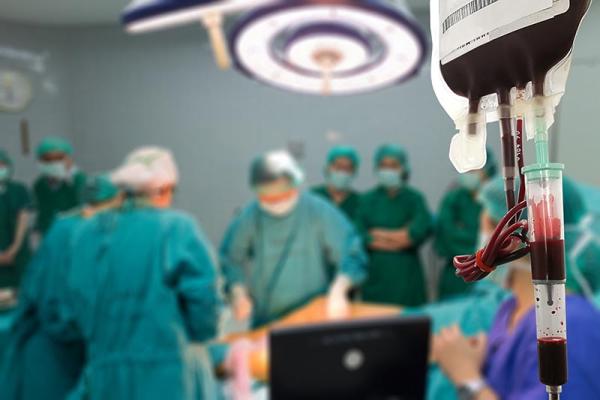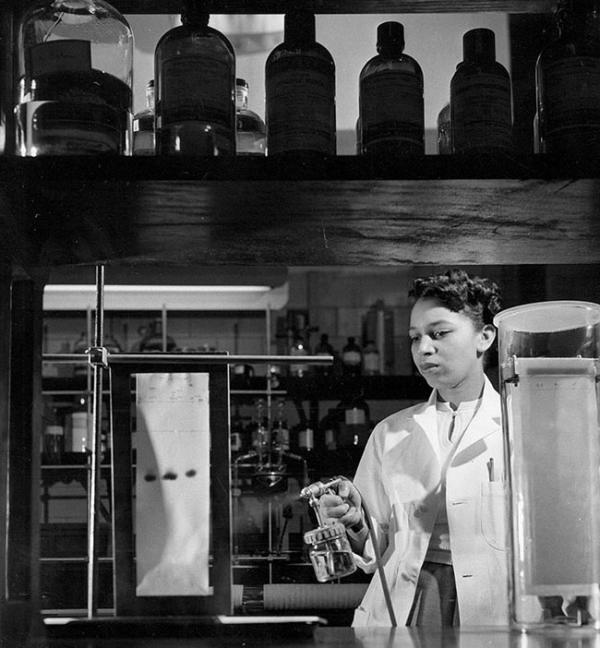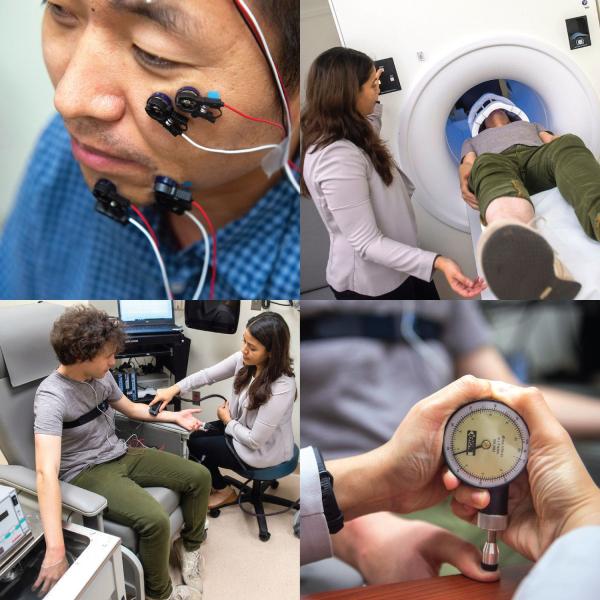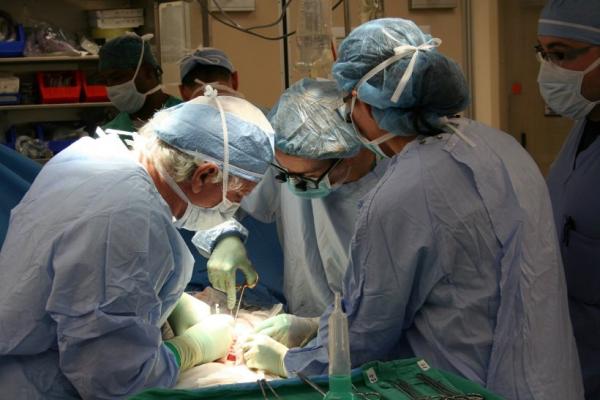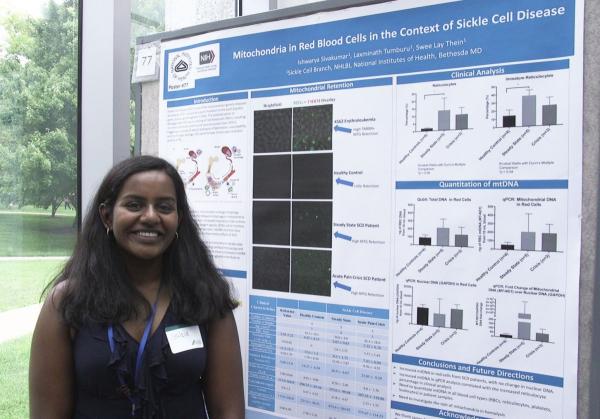Tracking Sickle Cell Symptoms With Infrared Light
New IRP Study Supports Non-Invasive Way to Gauge Blood Vessel Health
Nobody likes being jabbed with a needle for blood tests, but for people with sickle cell disease, it’s a necessary and frequent annoyance to make sure their condition is under control. However, blood tests may become less needed in the future for those patients thanks to new IRP research that has identified ways to measure certain health metrics using non-invasive, light-based technologies.


